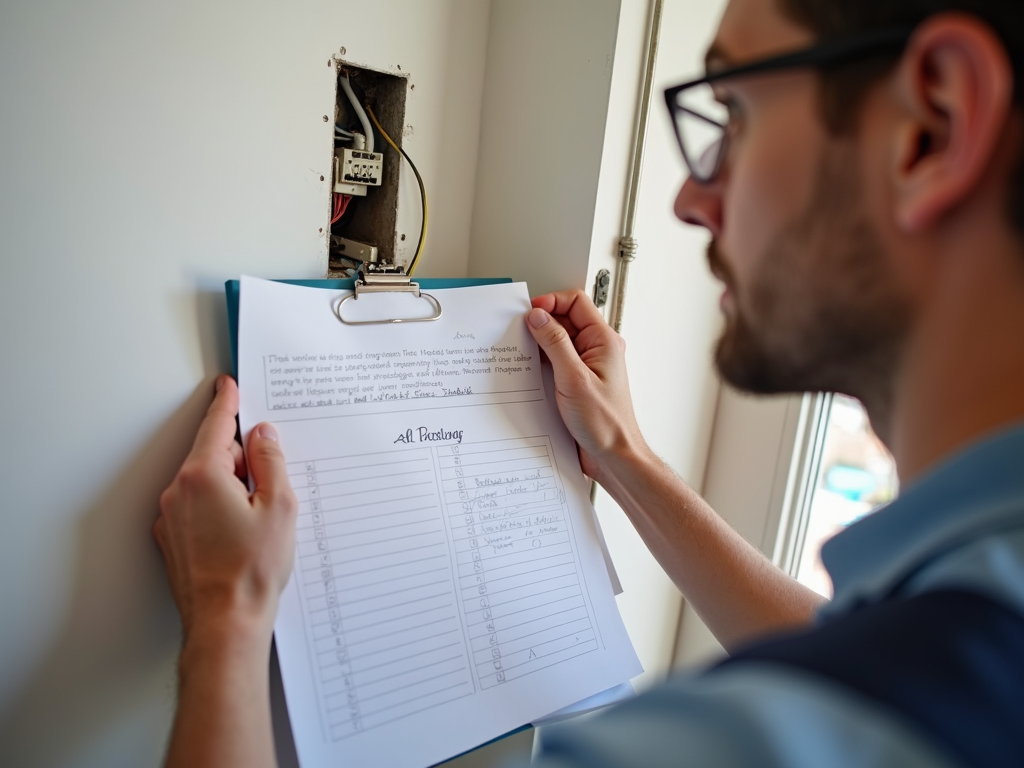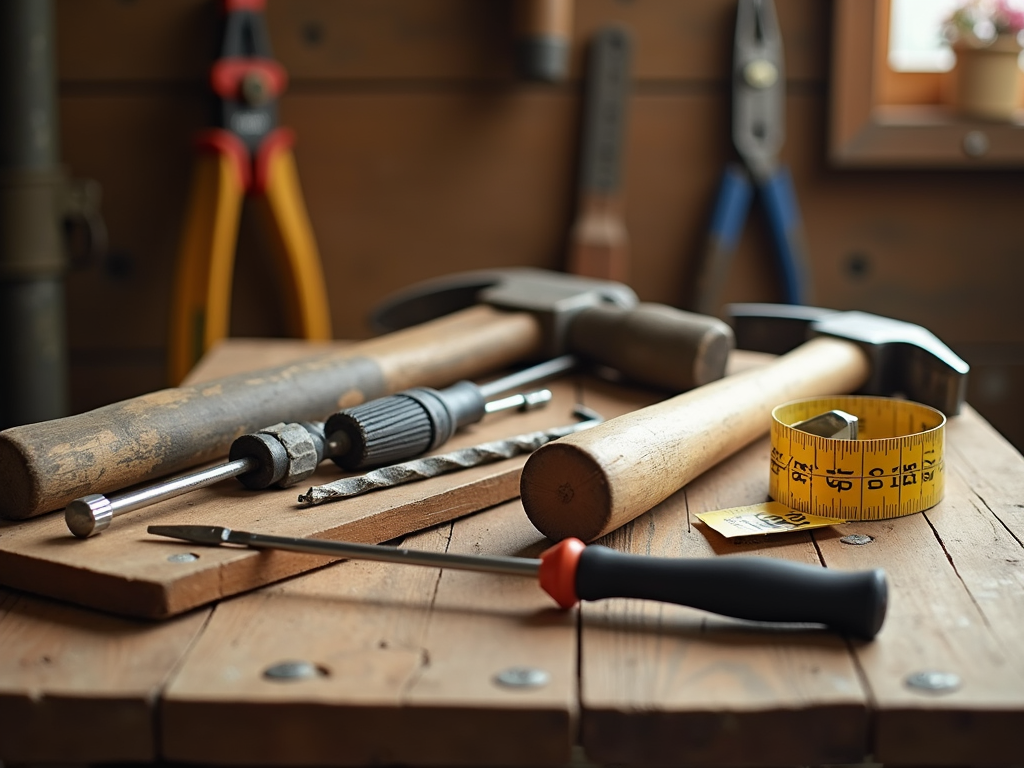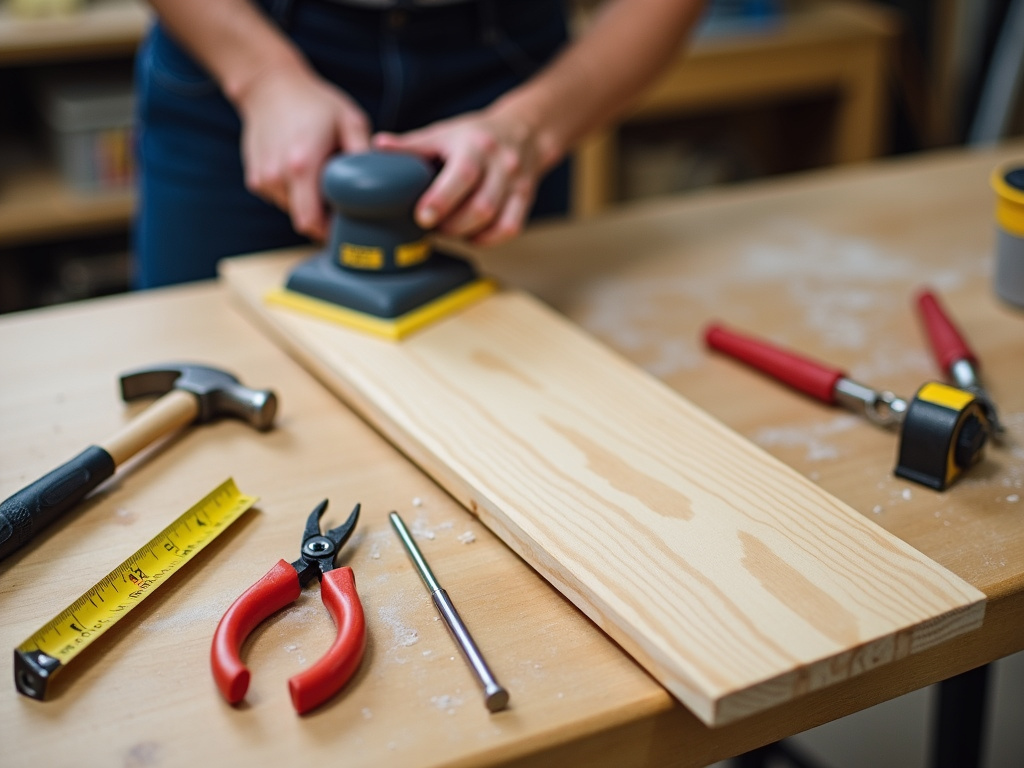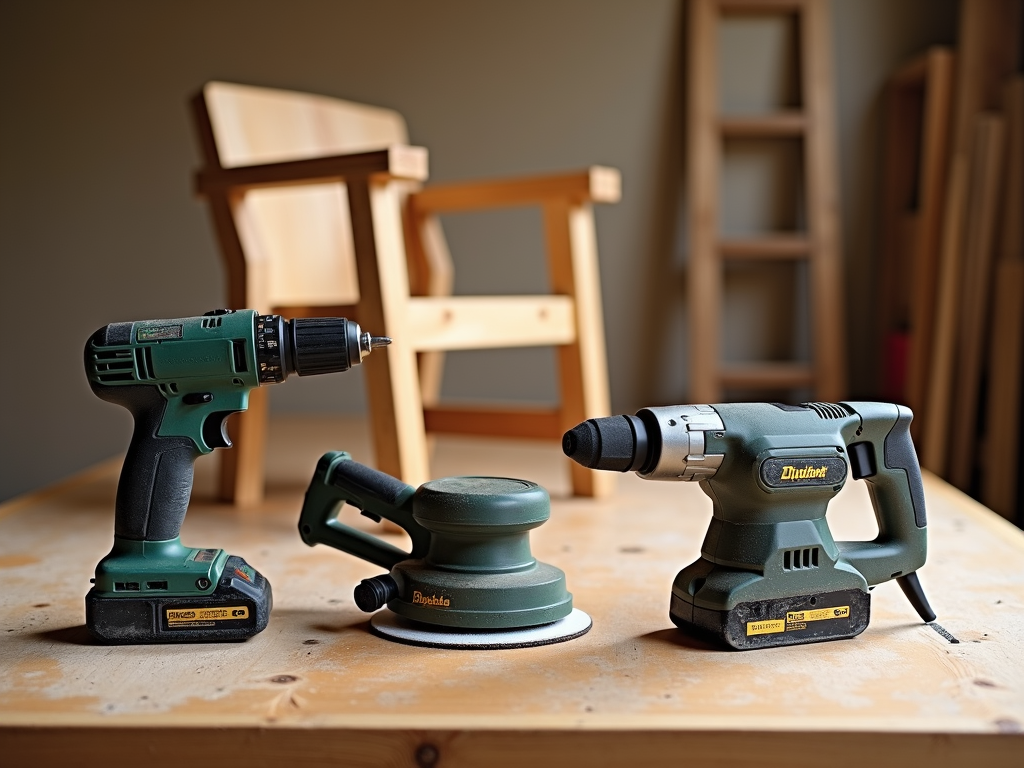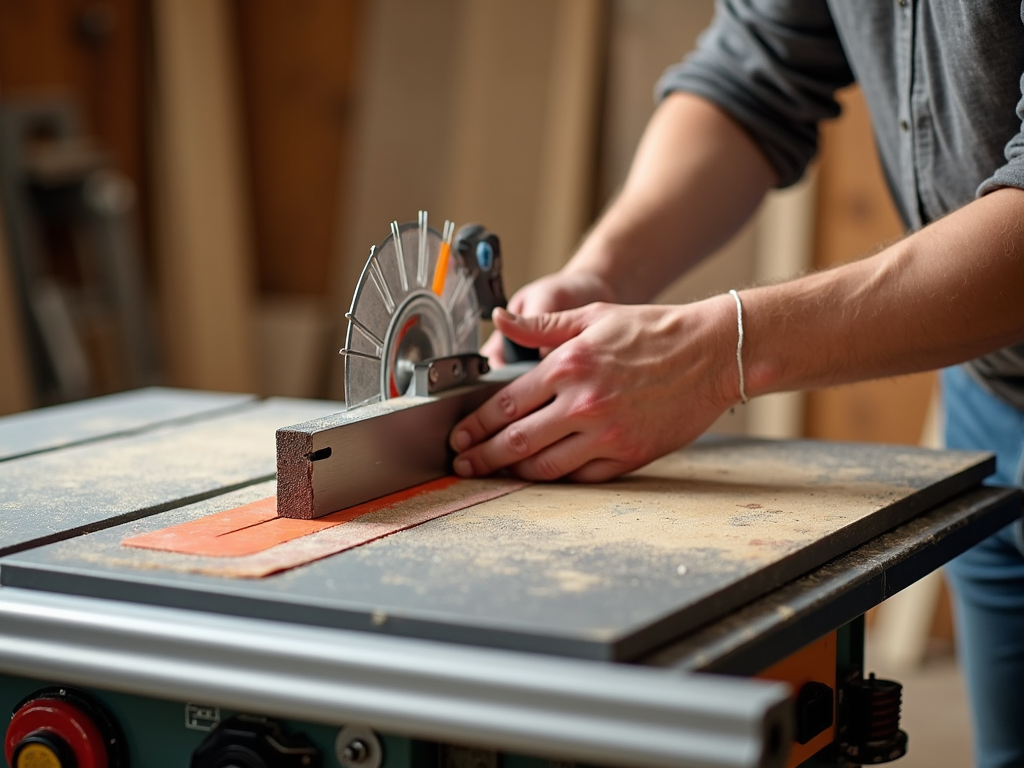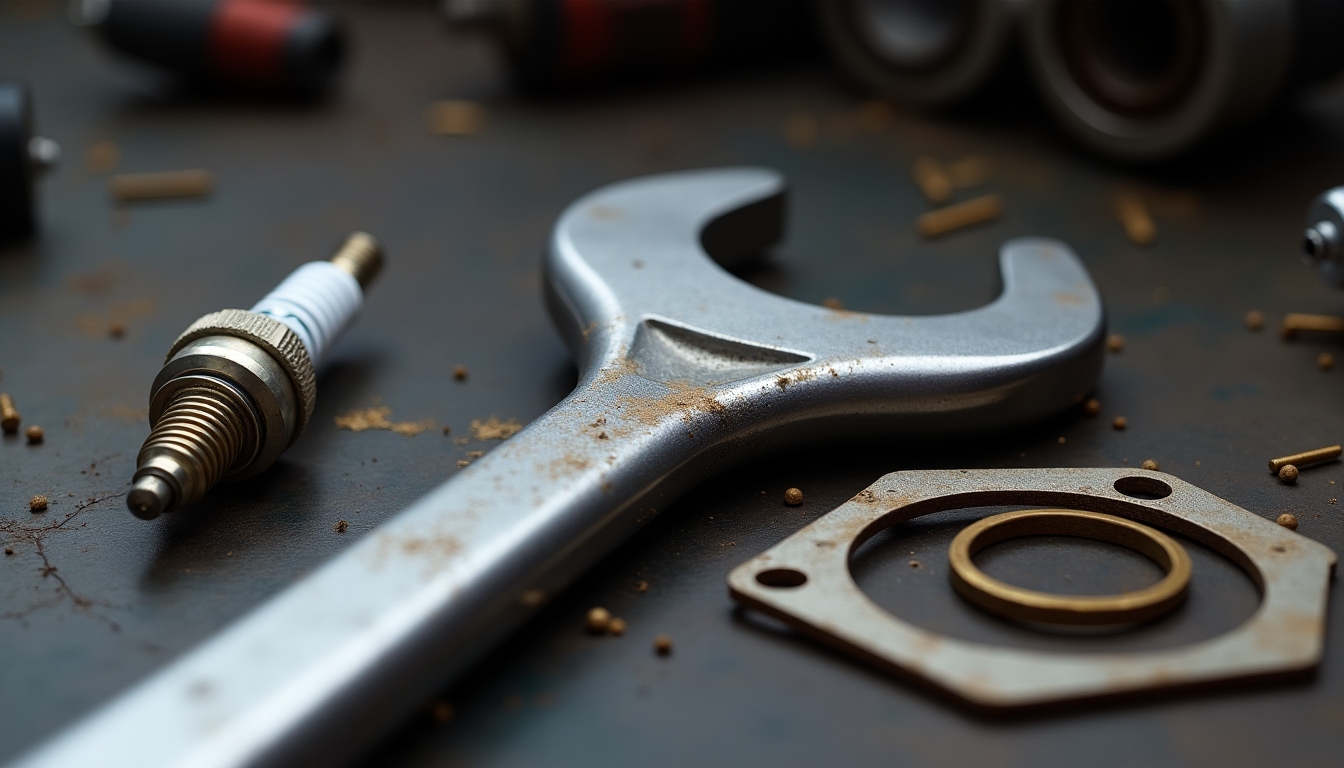Multimeters are essential tools for anyone working with electrical systems. They allow you to measure voltage, current, and resistance, which are crucial for troubleshooting and repairing electrical problems. Whether you're an electrician or a DIY enthusiast, understanding how to use a multimeter is a valuable skill.
Multimeters are electronic measuring instruments that combine several measurement functions in one unit. They can measure voltage, current, and resistance, and some models can also measure other parameters like capacitance and frequency. There are two main types of multimeters: analog and digital.
Analog multimeters use a needle to indicate the measured value on a scale. They are less common nowadays but can be useful in certain situations, such as detecting fluctuations in voltage.
Digital multimeters (DMMs) display the measured value on a digital screen. They are more accurate and easier to read than analog multimeters, making them the preferred choice for most users.

Multimeters come with a variety of features, depending on the model and brand. Some common features include:
-
Auto-ranging: This feature automatically selects the appropriate range for the measurement, making it easier for beginners to use.
-
Manual ranging: This allows the user to select the range manually, which can be useful for more precise measurements.
-
Data hold: This feature allows the user to freeze the display, making it easier to read the measurement.
-
Backlight: A backlight makes it easier to read the display in low-light conditions.
-
Continuity test: This feature allows the user to check if a circuit is complete by producing a beep when there is continuity.
-
Diode test: This feature allows the user to test diodes and other semiconductor devices.
When choosing a multimeter, it's important to consider the features that are most important for your needs. For example, if you work in low-light conditions, a backlight might be essential. If you're a beginner, auto-ranging might be helpful.

Using a multimeter for troubleshooting and repair involves several steps. First, you need to select the appropriate measurement function and range. For example, if you're measuring voltage, you'll need to select the voltage function and the appropriate range.
Next, you need to connect the multimeter to the circuit or component you're testing. This usually involves connecting the red probe to the positive terminal and the black probe to the negative terminal.
Once connected, you can take the measurement and interpret the results. For example, if you're measuring voltage, a reading of 0 volts might indicate a broken circuit, while a reading of the expected voltage might indicate that the circuit is functioning properly.
It's important to follow safety precautions when using a multimeter, such as wearing insulated gloves and avoiding contact with live wires.
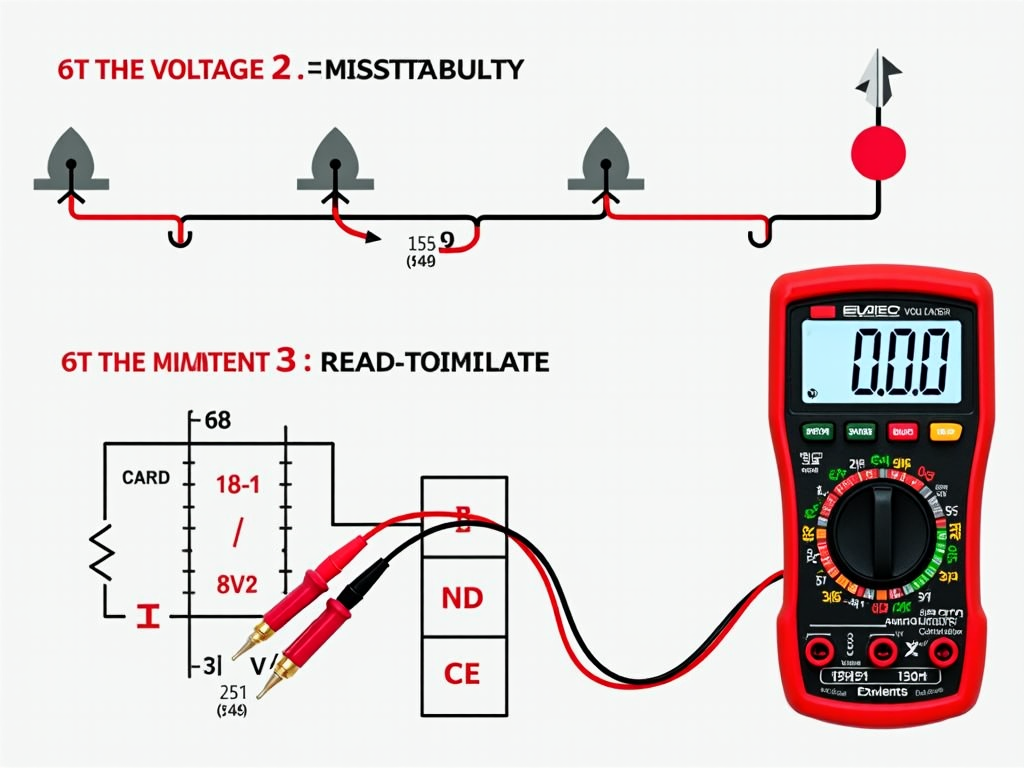
I remember the first time I used a multimeter to troubleshoot an electrical problem. I was trying to fix a broken lamp, and I wasn't sure if the problem was with the bulb or the wiring. Using the multimeter, I was able to check the continuity of the wiring and determine that the bulb was the issue. It was a simple fix, but it gave me confidence in my ability to use the multimeter for more complex problems.
For example, if you're troubleshooting a car battery, you can use a multimeter to measure the voltage. A healthy car battery should have a voltage of around 12.6 volts when fully charged. If the voltage is lower, it might indicate that the battery needs to be charged or replaced.
Multimeters are essential tools for electricians and DIY enthusiasts because they allow you to diagnose and fix electrical problems quickly and accurately. Without a multimeter, you might have to rely on guesswork or trial and error, which can be time-consuming and potentially dangerous.
In addition, multimeters can help you ensure that your electrical systems are safe and functioning properly. For example, you can use a multimeter to check for voltage leaks or to verify that a circuit is properly grounded.
Here's a comparison of analog and digital multimeters:
| Feature | Analog Multimeter | Digital Multimeter |
|---|---|---|
| Display | Needle and scale | Digital screen |
| Accuracy | Less accurate | More accurate |
| Ease of use | Can be more difficult to read | Easier to read |
| Cost | Generally less expensive | Generally more expensive |
| Durability | Can be more durable | Can be less durable |
In conclusion, multimeters are essential tools for anyone working with electrical systems. They allow you to measure voltage, current, and resistance, which are crucial for troubleshooting and repairing electrical problems. By understanding the features and usage of multimeters, you can diagnose and fix electrical issues quickly and accurately.
Related Understanding Multimeters: Features and Usage:
- How to Choose the Right Electrical Tools for Your Project
- DIY Projects You Can Tackle with Basic Hand Tools
- Beginner’s Guide to Fixing Common Plumbing Issues
- Top 10 Must-Have Tools for DIY Beginners
- Advanced Woodworking Techniques for Enthusiasts
- How to Maintain and Store Wrenches: A Comprehensive Guide
- How to Choose the Right Power Tool for Your Project
- Understanding OSHA Safety Regulations for Construction Sites
- The Ultimate Guide to Table Saws with User-Friendly Features
- Understanding Torque Wrench Basics
- How to Sharpen Your Cutting Tools: The Ultimate Guide to Workshop Equipment Maintenance
- Preventing Injuries with Smart Tool Choices: A Guide to Worker Safety and Efficiency
